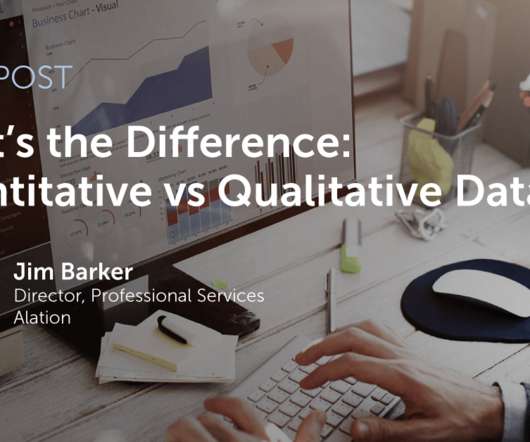How can CIOs Build Business Value with Business Analytics?
Smart Data Collective
JUNE 16, 2022
Team Upskilling: Train business analysts on planning, gap analysis, scoping & blueprinting, cost-benefit calculation of new initiatives, solution architecture, modelling, elicitation, requirement management, performance management, and other improvement initiatives.














Let's personalize your content